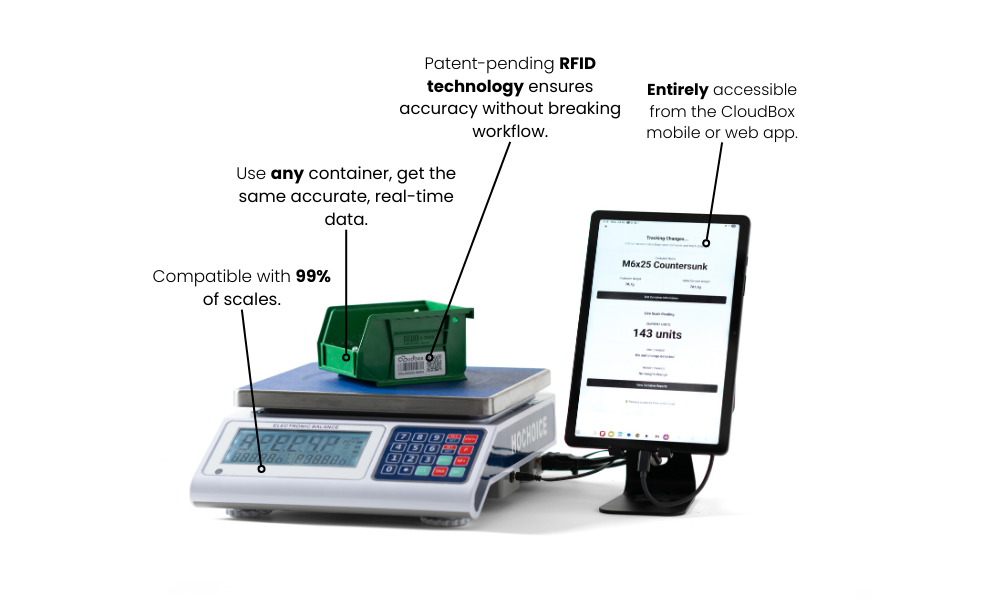
Inventory software is great at showing you what should be happening. The problem is, it rarely tells you what actually is. Most platforms are built to record transactions, not detect activity. They rely on user input, barcode scans, or periodic updates. That means if someone forgets to log something, moves a product without scanning it, or makes a simple mistake, the software will still show everything as perfectly in place.
This is where a lot of businesses run into trouble. They invest in the latest software tools, build out beautiful dashboards, and connect their systems to the cloud, but their numbers still don’t line up. Why? Because the data flowing into those platforms is only as good as the process that feeds it.
Let’s say you operate a dispensary. Your POS system tracks every transaction, and your back office software manages the product catalog. But how do you know if a jar of flower was overfilled, underfilled, or moved between shelves without being logged? The software alone can’t tell you that. You need a physical system that monitors those changes in real time.
That’s where solutions like CloudBox come in. Rather than depending solely on human interaction, CloudBox builds intelligence into the container itself. Every unit tracks weight and activity continuously, sending live updates to your inventory system. If something changes, you know about it. If a container is opened or emptied, it’s logged automatically.
This physical-digital pairing is the future of inventory. It gives operators visibility they can actually trust, not just a best guess. It also reduces the time your team spends correcting errors or performing manual counts.
Good software can only take you so far. To close the loop, you need hardware that is just as smart—and just as connected. When your storage tells the full story, your software becomes far more than a report generator. It becomes a live feed of your entire operation, ready to support decisions, audits, and everything in between.
.avif)

.png)




.png)

.png)
.png)




